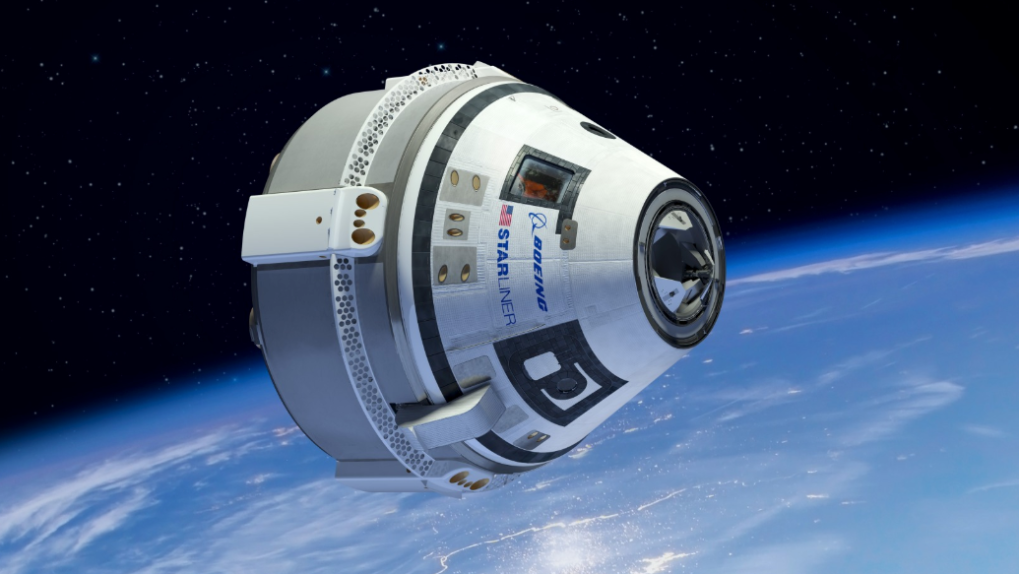It should go without saying that building a spacecraft isn’t easy. Building one that is capable of safely carrying a crew is harder still, which is part of the reason why both Boeing has had to repeatedly push back the debut of its shiny new Starliner spacecraft. Now, a new report details yet another setback for Boeing, this time related to the launch abort system which is supposed to keep astronauts safe in the event of utter catastrophe.
As Ars Technica explains, a recent run of the launch abort engines conducted in New Mexico ended with a thud when engineers discovered that the engines were actually leaking propellant following the hot-fire test.
The launch abort system is designed to push the crew capsule out of harm’s way if something goes wrong during the early stages of a crewed flight. This would prevent casualties in the event that the rocket they crew is riding suffers a catastrophic failure, so it’s obviously a pretty important thing to get right. Unfortunately for Boeing, things didn’t go as planned.
“We have been conducting a thorough investigation with assistance from our NASA and industry partners,” Boeing said in a statement. “We are confident we found the cause and are moving forward with corrective action. Flight safety and risk mitigation are why we conduct such rigorous testing, and anomalies are a natural part of any test program.”
Boeing has reportedly told NASA that it won’t need to dramatically rebuild the Starliner spacecraft to fix the issue, which is good news, but they’ll obviously need to focus more resources on the problem in order to get things working as intended. That could mean even more delays for a spacecraft that has seen more than its fair share.
Boeing and SpaceX are both currently working on flight systems to get NASA astronauts into space. The companies are essentially racing to be the first company to offer a commercial solution for NASA that doesn’t require sending astronauts to Eastern Europe to catch a flight on a Russian rocket. Neither company has been able to stick to its original schedule, and both Boeing’s Starliner and SpaceX’s Dragon have fallen short of their milestones.
The situation is so dire at this point that NASA doesn’t know if it’s going to be able to keep a steady flow of NASA crew aboard the International Space Station. The group had planned to have commercial flights from either Boeing or SpaceX (or perhaps both) up and running by the time NASA’s contract with Russia’s Roscosmos space agency runs out, but delays such as this one mean that probably won’t happen.








